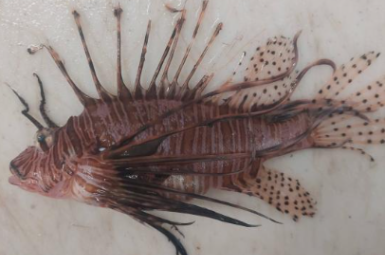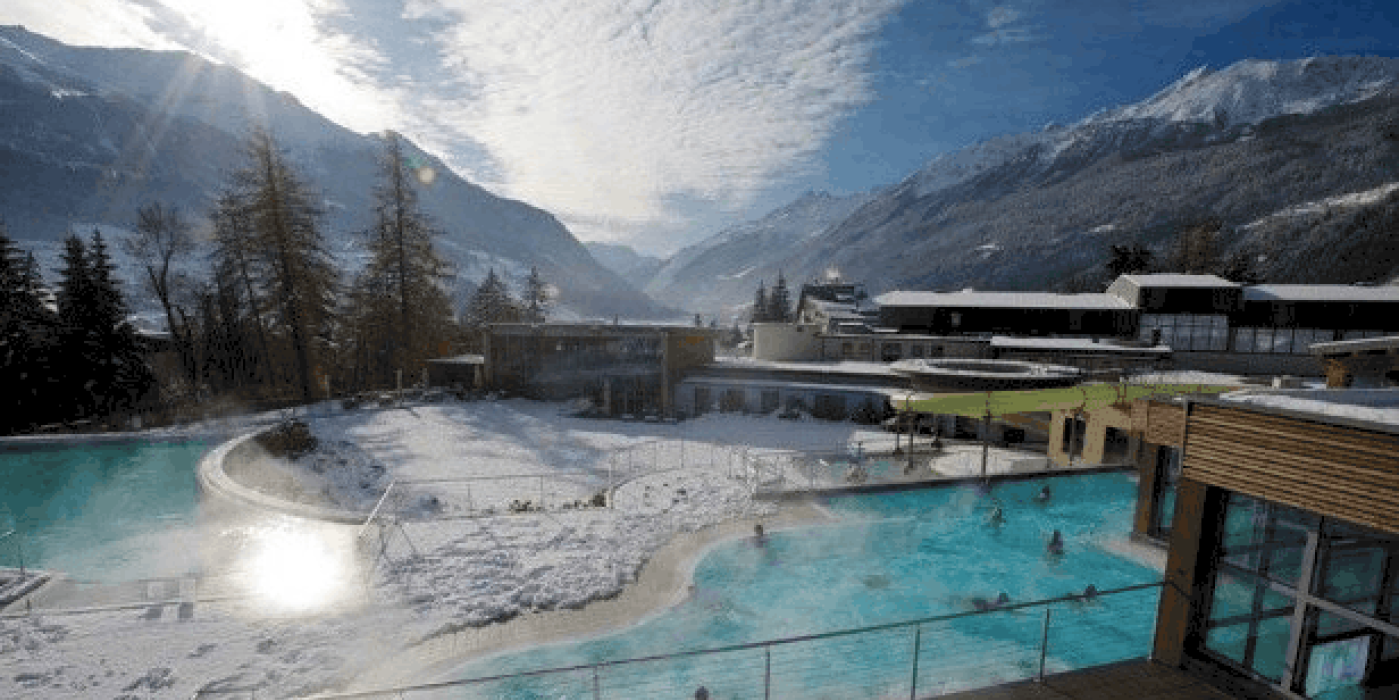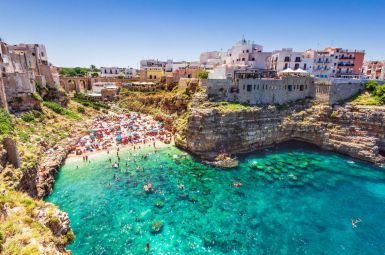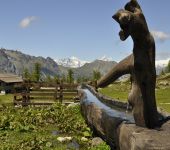
Saint-Vincent, Valle d’Aosta: Quando il Borgo è una “Perla” Termale tra Casinò, Storia e Montagne

Cari lettori de I borghi d’Italia.com, lasciatevi condurre in Valle d’Aosta, ma questa volta non solo per le vette. Vi presentiamo Saint-Vincent, un borgo che, grazie alla sua storia, alle sue acque e al suo inconfondibile glamour, si è guadagnato l’appellativo di “Riviera delle Alpi”.
Saint-Vincent è un luogo dove la tradizione alpina incontra un’eleganza raffinata. Il suo fascino è stratificato: si va dalle antiche radici romane e medievali, fino al benessere termale e al brivido del gioco. È questo mix unico di natura, salute e divertimento a renderlo una tappa obbligatoria nel cuore della Valle d’Aosta.
💧 L’Acqua Miracolosa: La Storia della “Fons Salutis”
Il destino di Saint-Vincent è stato plasmato da una sorgente d’acqua scoperta nel lontano 1770 da un abate, Jean-Baptiste Perret. Quest’acqua minerale, effervescente naturale e ricca di proprietà curative, fu subito battezzata “Fons Salutis” (Fonte della Salute).
Questa scoperta non solo diede impulso alla creazione di uno dei primi stabilimenti termali moderni in Italia, ma portò anche notorietà internazionale al borgo, trasformandolo in una meta di cura e villeggiatura per l’élite europea. Ancora oggi, le Terme di Saint-Vincent rappresentano un’oasi di benessere e relax, incastonate tra le maestose Alpi.
🎲 Il Centro del Glamour Alpino
Sebbene le Terme abbiano attratto la salute, fu un altro elemento a consolidare il prestigio di Saint-Vincent nel panorama italiano: il Casinò de la Vallée.
Inaugurato a metà del XX secolo, questo Casinò non è solo un tempio del gioco, ma un centro di intrattenimento a 360 gradi. Ha ospitato per decenni eventi culturali di risonanza nazionale, conferenze e spettacoli, fissando il borgo nell’immaginario collettivo come sinonimo di loisir di alto livello. Passeggiare per le vie di Saint-Vincent è ancora oggi respirare un’aria di belle époque alpina, dove l’eleganza si fonde con la roccia e il verde dei monti.
🧐 La Curiosità Nascosta di Saint-Vincent
Nonostante il Casinò e le Terme siano i suoi elementi più noti, la vera curiosità di Saint-Vincent si cela nell’architettura religiosa. La Chiesa Parrocchiale di Saint-Vincent (dedicata al Santo Patrono) non è un’unica entità: è il risultato di secoli di stratificazioni. La vera gemma nascosta è il sito archeologico scoperto sotto l’attuale chiesa, dove sono visibili i resti della primitiva chiesa romanica risalente all’XI secolo e, ancora più in profondità, i resti di un’antichissima area sepolcrale paleocristiana. Questo complesso sotterraneo e stratificato dimostra come un borgo moderno e proiettato nel lusso come Saint-Vincent poggi in realtà su radici storiche che affondano nell’Alto Medioevo, un tesoro archeologico spesso ignorato dai visitatori frettolosi che cercano solo le luci del Casinò.
Ultimo Aggiornamento:
12 Dicembre 2025
Autore
Categoria Articolo
Tag Articolo
Regioni Correlate
Valle d’Aosta
Ultimi Articoli

Ugento, tra Cronaca e Natura: Il Ritrovamento del Pesce Scorpione che Scuote il Salento

Il Ricetto di Candelo: Quel “Caveau” Medievale che Custodisce l’Anima del Piemonte





